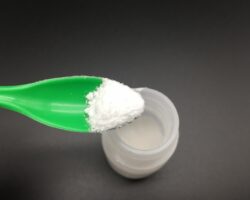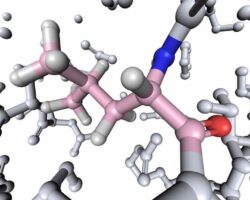
- Introduction: Why Eating a Variety of Fruits and Vegetables is Important
- The Role of Color in Fruits and Vegetables
- The Health Benefits of Red Fruits and Vegetables
- The Health Benefits of Orange and Yellow Fruits and Vegetables
- The Health Benefits of Green Fruits and Vegetables
- The Health Benefits of Blue and Purple Fruits and Vegetables
- Tips for Incorporating Colorful Fruits and Vegetables into Your Diet
- Conclusion: Embracing the Rainbow for a Healthier You
Introduction: Why Eating a Variety of Fruits and Vegetables is Important
Eating a variety of fruits and vegetables is crucial for maintaining a healthy diet. Not only do they provide essential vitamins and minerals, but they also offer a range of health benefits. By incorporating a wide array of colorful fruits and vegetables into your meals, you can ensure that you are getting a diverse range of nutrients that support overall well-being. Let’s delve deeper into the role of color in fruits and vegetables to understand their significance in promoting good health.
The Role of Color in Fruits and Vegetables
Fruits and vegetables come in a vibrant spectrum of colors, from deep reds to bright yellows and rich greens. These colors are not just visually appealing; they are indicative of the presence of specific nutrients and phytochemicals that contribute to their health benefits. The pigments responsible for these hues, such as anthocyanins, carotenoids, and chlorophyll, play a vital role in protecting plants from environmental stressors and serve as powerful antioxidants in our bodies.
The Health Benefits of Red Fruits and Vegetables
Red fruits and vegetables such as tomatoes, strawberries, and watermelon are packed with nutrients that support heart health, improve blood circulation, and reduce the risk of certain types of cancer. These vibrant-colored foods are rich in lycopene, a potent antioxidant known for its anti-inflammatory properties. Including red fruits and vegetables in your diet can also help maintain healthy skin and promote proper digestion.
The Health Benefits of Orange and Yellow Fruits and Vegetables
When it comes to orange and yellow fruits and vegetables like oranges, carrots, and sweet potatoes, their vibrant hues indicate high levels of beta-carotene, a precursor to vitamin A. Beta-carotene is essential for maintaining healthy vision, boosting the immune system, and promoting skin health. Additionally, these fruits and vegetables are rich in vitamin C, which supports collagen production and aids in wound healing.
The Health Benefits of Green Fruits and Vegetables
Green fruits and vegetables such as spinach, broccoli, and kiwi are nutritional powerhouses. They are loaded with vitamins A, C, and K, as well as folate, potassium, and fiber. These nutrients contribute to strong bones, healthy digestion, and a strengthened immune system. Consuming green fruits and vegetables can also help detoxify the body and improve overall energy levels.
The Health Benefits of Blue and Purple Fruits and Vegetables
Don’t overlook blue and purple fruits and vegetables like blueberries, grapes, and eggplant, as their vibrant hues signify the presence of anthocyanins. These antioxidants have been linked to improved brain function, reduced inflammation, and enhanced cardiovascular health. Including blue and purple fruits and vegetables in your diet can help combat oxidative stress and promote healthy aging.
Tips for Incorporating Colorful Fruits and Vegetables into Your Diet
Incorporating colorful fruits and vegetables into your daily meals can be a fun and creative way to ensure you are getting a wide range of nutrients. Here are some tips to help you embrace the rainbow on your plate:
– Experiment with different recipes that incorporate a variety of colorful fruits and vegetables.
– Opt for fresh, locally sourced produce whenever possible to maximize nutrient content.
– Consider incorporating smoothies or salads into your meals to easily incorporate a mix of colors.
– Challenge yourself to try a new fruit or vegetable each week to expand your palate and nutrient intake.
– Get creative with your plating by arranging fruits and vegetables in visually appealing ways, making your meals more enticing.
Conclusion: Embracing the Rainbow for a Healthier You
By embracing the rainbow of colorful fruits and vegetables, you can take a significant step towards a healthier you. Each color offers a unique set of nutrients and health benefits that can support various aspects of your well-being. So, next time you’re at the grocery store or planning your meals, remember to fill your cart and plate with an assortment of vibrant fruits and vegetables. Your body will thank you for it!









